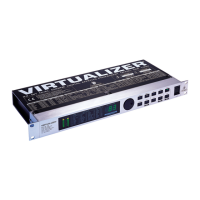
Do you have a question about the Behringer VIRTUALIZER DSP1000 and is the answer not in the manual?
| Presets | 100 |
|---|---|
| A/D Conversion | 24-bit |
| D/A Conversion | 24-bit |
| Frequency Response | 20 Hz - 20 kHz |
| Type | Digital Effects Processor |
| Effects | Reverb, Delay, Chorus, Flanger, Pitch Shifter |
| Dynamic Range | 100 dB |
| Input Connectors | 2 x 1/4" TS (mono) |
| Output Connectors | 2 x 1/4" TS (mono) |
| MIDI | In/Out |
| Power Supply | 9V DC |
| Form Factor | Rackmount |
| Dimensions | 19" x 1.75" |
Covers immediate safety alerts, general warnings, and essential precautions for safe operation.
Details specific guidelines for ventilation, heat, power, cleaning, and servicing.
Explains the physical phenomena of reverberation and how it's perceived by human hearing.
Describes natural reverb chambers, their properties, and drawbacks.
Explains artificial reverb generation using spring and plate devices, their sound, and limitations.
Details the advantages and principles of digital reverberation devices.
Provides a brief overview of the VIRTUALIZER's features and technology.
Discusses Behringer's philosophy on components, DSP, converters, and manufacturing standards.
Explains the VIRTUALIZER's dual processing engines and stereo effect capabilities.
Instructions for mounting the VIRTUALIZER into a standard 19" rack unit.
Guidance on matching the unit's voltage requirements to the local mains supply.
Details on unbalanced audio connections using 6.3-mm mono phone jacks.
How to adjust the internal operating level for home or professional studio use.
Overview of the VIRTUALIZER's front panel controls, including keys, jog wheel, and display.
Explains special key combinations for resetting, MIDI, and mix modes.
Description of connectors and switches on the rear panel.
Illustrates the internal signal flow for different algorithm types.
Guide on how to recall and navigate through the 100 user-definable presets.
Instructions on modifying effect parameters using keys, jog wheel, and specific edit functions.
Steps for saving edited programs to user presets and overwriting existing ones.
Details on configuring MIDI channels, modes, and controller settings.
Explains fundamental concepts of digital audio conversion (ADC/DAC) and sampling.
Advice on setting input levels correctly to avoid distortion and noise.
How to connect and use the VIRTUALIZER with a mixing console's aux send/return.
Guide on inserting the VIRTUALIZER directly into a channel or subgroup of a mixer.
Instructions for integrating the VIRTUALIZER into a guitar amp's effect loop or a rack.
How to connect and integrate the VIRTUALIZER into a MIDI system for control.
Procedures for archiving and loading presets using MIDI data transfer.
Table detailing parameters available for each effect algorithm.
Comprehensive chart detailing MIDI functions, controller numbers, and modes.
Lists technical specifications including analog I/O, digital processing, power, and physical dimensions.
Instructions for completing and returning the warranty card for protection.
Details Behringer's one-year warranty against defects in material and workmanship.
Procedure for obtaining a return authorization number for warranty service.
Outlines warranty service procedures, limitations, and exclusions for repairs and replacements.
States that the warranty is non-transferable to subsequent owners.
Limits Behringer's liability for consequential damages and product value.
Clarifies that warranty does not exclude statutory buyer rights.
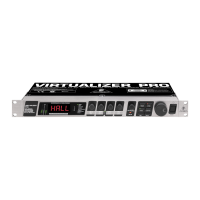
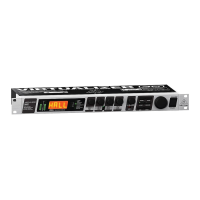
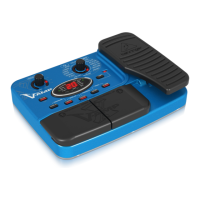
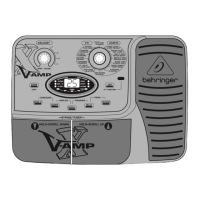

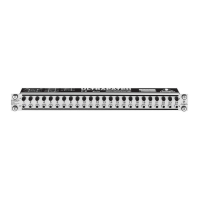
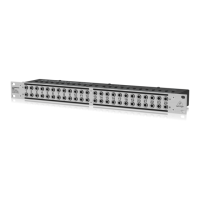


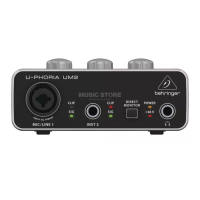
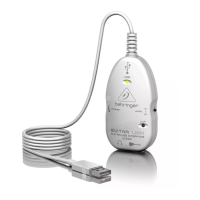
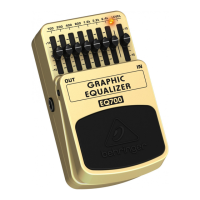
